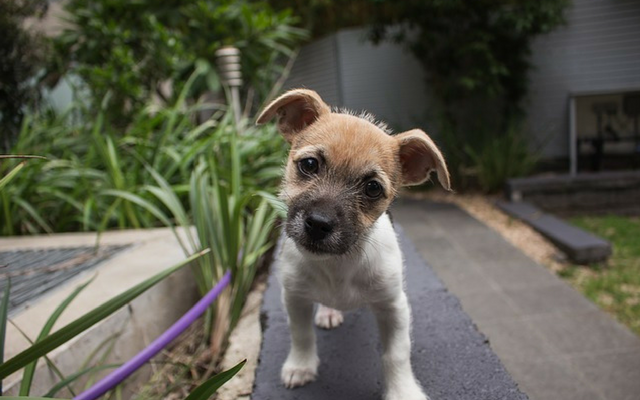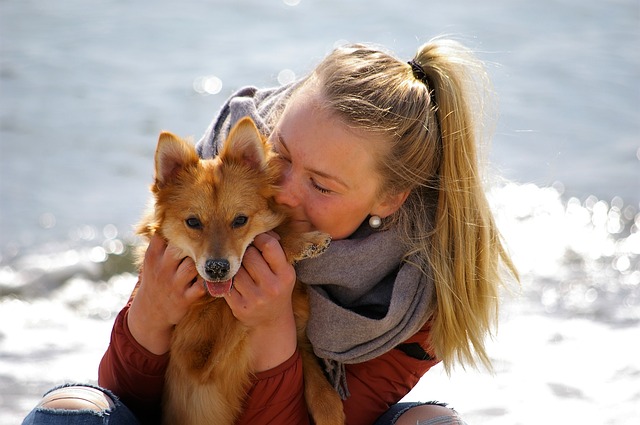You may not be fluent in woofs, barks, and tail wags, but that doesn’t mean you and your pup can’t communicate. Even speaking different languages, people and dogs find ways to talk to each other. There will always be the occasional blunder when your message is lost in translation, but knowing the facts about canine communication will help both you and your dog; all you’ll need are keen observation skills and the willingness to put yourself in their paws. Here are a few ways to make communicating with your canine a little easier.

Sending a Message
#1 – Use Consistent Language
Your dog isn’t going to know that “stay” and “wait here” mean the same thing unless you train both commands. If you teach your dog “stay,” that’s the only word they’ll respond to. Don’t say “wait,” “stop,” or even “stay here” and expect them to do what you want. Dogs learn best with repetition, and you can’t expect them to suddenly know new words without teaching a whole new vocabulary lesson.
#2 – Watch Your Tone
Your dog will respond to your tone of voice in the same way he understands words. Keep your voice calm and low-pitched when you’re communicating commands and affection. Speaking in a voice that’s shrill or harsh will only push your dog away. They’ll know something isn’t right, and your message will get lost in their confusion.

#3 – Use Hand Signals
Your dog spends all day listening to people talk in a language he doesn’t understand. He knows a few words, but picking out those familiar sounds amidst all the buzz of human communication is hard. Human speech is typically background noise for dogs, and you can’t expect them to always know when it’s time to pay attention. Hand signals are the way around this. When you train your dog, reinforce each verbal command with a hand signal. Make it something simple and obvious that won’t be confused with your regular movements.
(adsbygoogle = window.adsbygoogle || []).push({});
Receiving a Message
#1 – Recognize Calming Signals
Instead of speaking in woofs and barks, the majority of canine communication is through body language. Calming signals are a set of behaviors dogs exhibit to resolve conflict, make friends, and maintain relationships with people and other dogs. They do it when they feel a situation needs to be “calmed,” and recognizing the behavior is a form of communication. Head turning, yawning, lip licking, and getting lower to the ground are all examples of calming signals.

#2 – Pay Attention to Facial Expressions
Even covered in fur, a dog’s face shows a lot of what they’re feeling and thinking. Like understanding your best friend’s knowing looks from across the room, knowing your dog’s facial expressions is a kind of unspoken communication. Look at their ears, eyes, and mouth to determine what they’re saying. When they perk their ears into a forward position, they’re interested and focused. When their ears are pulled flat against their head, it can either mean they’re ready for kisses or are being shy. If your pup’s ears are in a neutral position, he’s content with what’s going on around him.
#3 – Take in Context Clues
Context clues are the tidbits of information you can use to piece together what your dog is trying to say. If they’re behaving strangely, take in their surroundings and look for hints. A dog that’s whining next to an empty food bowl is an easy example. You might not know what the whining means on its own, but when you add the empty food bowl to the mix, it’s not hard to figure out that your dog is telling you they’re hungry.
(adsbygoogle = window.adsbygoogle || []).push({});
 Toledo, United States.
Toledo, United States.
